Piston Slap: DIY Paint Job or DIY Body Prep?

Lenn writes:
Sajeev,
I’ve got a fairly nice 2004 Ford F-150 in a nice dark shade of metallic green. Thanks to a rather unlucky previous owner, most of the body panels have been repainted except the roof and the hood… both of which are in very bad shape (see above). Body shops have quoted me an average of $1,400 to paint both panels, which seems insane to me.
I’ve read a LOT and attended classes at YouTube University and feel competent in attacking a DIY paint job in my garage. My question for you and the B&B consigliere is rather simple:
What are your opinions on this and has anyone (not experienced in paint work) ever attacked this with successful results?
Sajeev answers:
I saw a guy restore a Buick Grand National, according to the brag book in his trunk at Cars & Coffee, so it’s totally possible. If you have the free time and are a detail-oriented person!
And if you are not, instead learn to prep the surface (maybe prime it, too?) then drive to a body shop to complete the somewhat more technical, definitely more clinical part: big savings await!
Attend YouTube University majoring in Body Prep — this is a far better use of your time. Consider the time value of money and diminishing returns in creating a dust-free paint booth for a perfect, flawless top coat! Unless you plan on doing this more often, there’s no need to go all the way: do the hard labor in body prep yourself, let the body shop clean up and lay down the paint.
Best and Brightest?
[Image: OP]
Send your queries to sajeev@thetruthaboutcars.com. Spare no details and ask for a speedy resolution if you’re in a hurry…but be realistic, and use your make/model specific forums instead of TTAC for more timely advice.

More by Sajeev Mehta

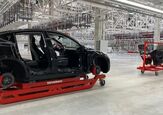
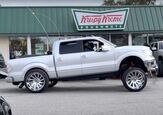

















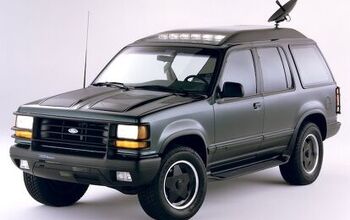

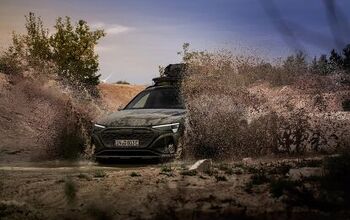
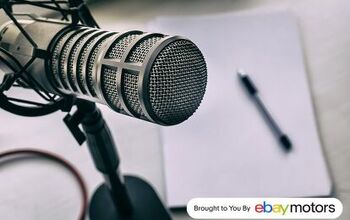


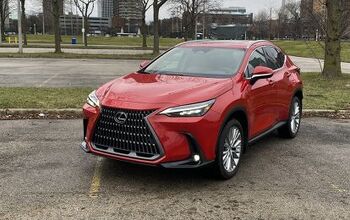
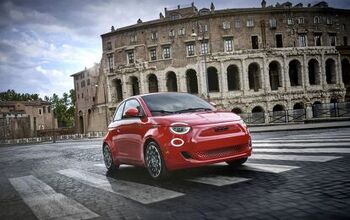
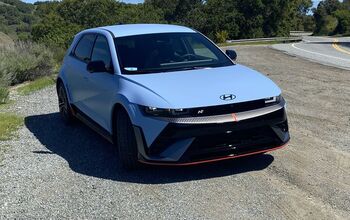
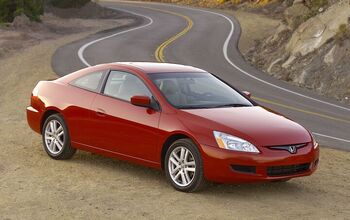
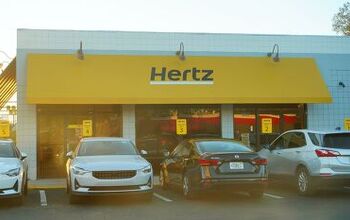

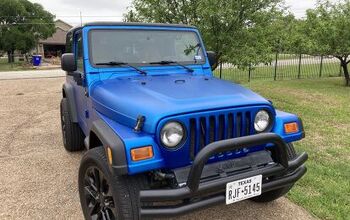
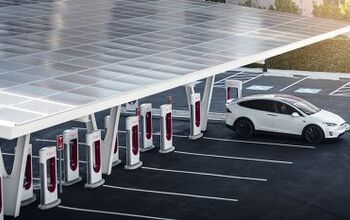
Comments
Join the conversation
After taking care of the rust issue, would vwrapping the truck be a cost effective option ?option ?
preparation preparation and preparation. then full vinyl. more chances of success or easier to correct an error. the important thing is that the corrosion is cured.
Sajeev is 100% correct in his suggestion to handle the prep work but leave the application of color and clear to a professional shop. First practice on an old hood or fender from a junk yard. I think the hardest part is spraying the clear coat because it's about as thick as water and it can form drips and runs VERY easily. I think the trick to spraying clear is to mist on successive light coats, allowing each coat to partially dry, except the clear coat doesn't really "dry" because of evaporation of VOC's - it gets hard because you need to add in a catalyst. It takes a good deal of practice to know when the catalyst starts to activate the clear and when it starts to get stiff enough to build up the clear coat. This is real skill like playing a musical instrument that takes a lot of practice to get it right. You can get clear coat in aerosol cans, but those are not mixed with a catalyst, and they'll take months to fully harden, and they won't hold up as well over time, and in the immediate months after it's sprayed it'll be dry to the touch but still soft enough that it can get wrecked by almost anything that contacts it - even a car cover. I attempted to fix some blistering clear coat on my car using PPG twilight blue in cans and U-pol clear in cans, and I use a car cover, which left impressions of the stitching in the car cover in the clear coat - even weeks after I sprayed the clear coat. Spraying primer is a lot easier because it's thicker, stickier, and you can build it up and sand it smooth, but the final color and clear coats require a much higher skill level.
I appreciate the detail in this article. Well written and to the point!